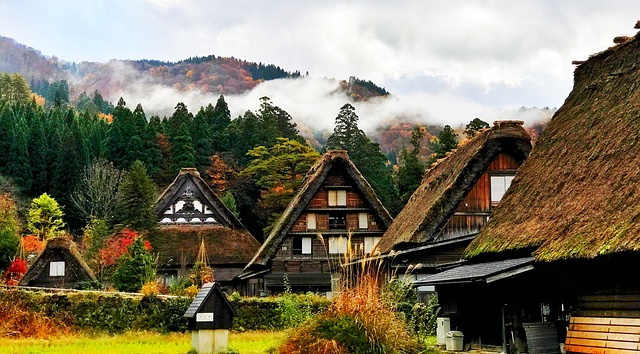- 4-minute read
- 17th April 2019
How to Write a Haiku
Today, April 17, is International Haiku Poetry Day. It’s thus an exciting date if you’re into Japanese poetry! But what exactly are haiku? And how do you write one? Let us explain a few of the basics.
What Is a Haiku?
Haiku are a type of short poem from Japan. Traditionally, these poems:
- Use a three-phrase structure (5, 7 and 5 syllables).
- Are about nature and include at least one kigo or “season” word.
- Present a juxtaposition, traditionally using a kireji or “cutting” word.
In Japan, poets traditionally write haiku as a single vertical line, read from top to bottom. But when we write them in English, we use three separate lines:
A midsummer night
The silence will break with dawn
For now, it is calm
The “rules” above are fairly flexible these days, so if you want to write about something other than nature or with a different structure, that’s entirely up to you! But if you are new to this poetic form, using the traditional structure and style is a good writing exercise.
Kigo (Season Words)
Kigo are seasonal words traditionally used in Japanese poetry. There are even lists of kigo specifically for poets to use.
Some kigo have obvious connections to a specific season, such as our use of “midsummer” in the example above. But some are less obvious if you don’t know the traditions they’re based on. For instance, the “moon” (tsuki) is an autumn kigo despite being visible all year round.
Find this useful?
Subscribe to our newsletter and get writing tips from our editors straight to your inbox.

You do not have to use an “official” kigo in your poem if you choose not to. However, you should use language that evokes a time and place if you want it to feel like a traditional haiku.
Kireji (Cutting Words)
The literal translation of kireji is “cutting word.” Broadly, these function as a kind of punctuation in some types of Japanese poetry, often to add emphasis. For instance, a haiku might use a kireji at the end of the first and third lines to emphasize a point of contrast. Or you could add a kireji between the second and third lines to indicate a turning point in a poem.
However, English does not contain any direct equivalent to these terms. This makes writing a “proper” haiku difficult, but you can approximate kireji in English using punctuation. It also helps to think about the purpose of kireji in Japanese haiku. Even if you cannot add a literal kireji, for instance, you can phrase your poem in a way that emphasizes a juxtaposition within it.
Tips for Writing Haiku in English
Finally, we’ll offer a few pointers to use when writing haiku in English:
- Haiku usually depict an “objective” scene (i.e., you create an image of the world rather than describing your feelings or thoughts about the world).
- This type of poetry is traditionally about nature and set in a specific season. However, you can write about any subject at all, so feel free to break the traditional “rules.”
- Include a point of juxtaposition (e.g., if you use the word “silence” in line one, you could introduce something that makes a noise in line three).
- Ignore the syllable count while working out what your poem will be about. You can then edit each line down to the required length when you’re happy with the overall idea.
- If you’re struggling for a word of a certain length, try a thesaurus.
- Remember that haiku do not have to rhyme.
Leave us a comment below this post with your poetic efforts!
And if you’d like us to check any of your writing – creative or otherwise – send us the document today.




